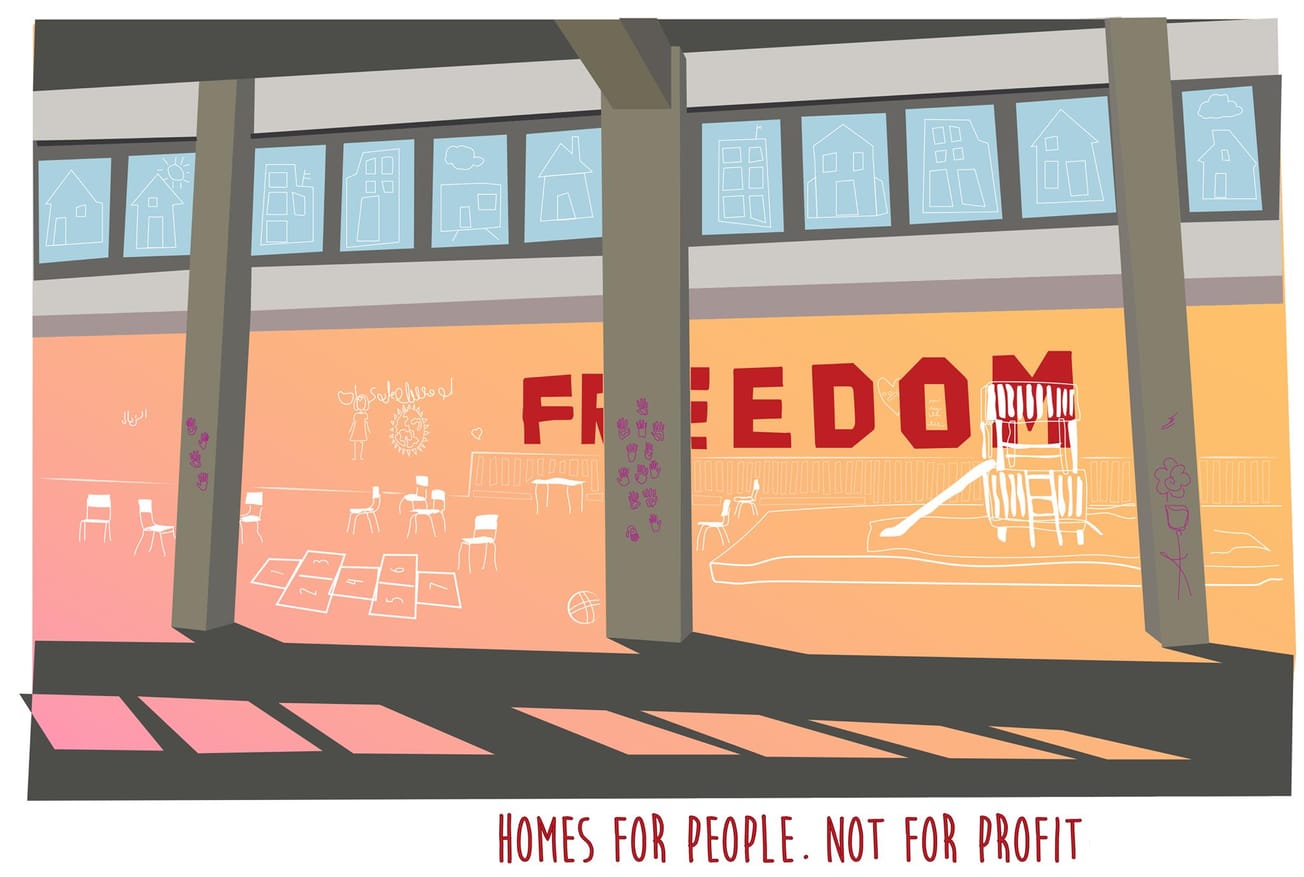By Jack Charters, Deputy Features Editor
The Times and Sunday Times Good University Guide 2020 gives a damning indictment of the low levels of inclusivity at the University of Bristol. What schemes are in place to remedy this?
With the University ranked one of the bottom ten English and Welsh universities for social inclusivity . This prompted me to examine whether these rankings were indicative of an independent school bias in the University’s admission processes and whether there are initiatives in place to rectify the reported lack of social diversity.
For anyone associated with the University, the guide makes for pretty grim reading.
As of the academic year 2019/20, the University population comprises of 52.9 percent of students from state schools, 13 percent from Grammar Schools and 34.1 percent from independent schools.

There is a significant disparity between these figures and the national picture, where 93 percent of students are state educated and just 7 percent independently.
I interviewed Lucy Collins, Director of Home Recruitment and Conversion at the University, to get an insight on what the University is doing to increase social inclusivity.
The University has several initiatives to boost social inclusivity. During the interview, we went into great depth about a relatively new programme - the Bristol Scholars scheme. It was explained as being ‘for students in the city of Bristol who have overcome educational or domestic disadvantage and are given an offer which can be up to four grades lower than the standard offer.’
We're really confident that you can both have a socially diverse and inclusive community and maintain your academic prestige - Lucy Collins, Director of Home Recruitment and Conversion
The premise is that ‘it's about familiarising school students with the concept of university’. Schools in Bristol can nominate 10 students to work with the University over the course of Year 13.
The aim of the scheme being to ‘enable a diverse cohort of students with enormous potential a chance to go to the University, whereas previously they would never have been able to owing of our typically high entry requirements’.
Similar to Bristol Scholars is the Access to Bristol programme, which is where Year 12/13 students are invited to the University for eight Wednesday afternoons to get involved in a subject they may be interested in pursuing in higher education to see for themselves whether University is a suitable progression to make after finishing school. 4,000 students have been involved since its launch in 2006, with 600 of those enrolling at the University once they finished school.
Alongside the schemes are contextual offers. They differ from the lower offers given by the Scholars programme since it is two grades lower than normal requirements, compared to the Scholar’s four. However the contextual offer is given out on a national scale, whereas the Scholars is exclusive to the city.
If students come from ‘aspiring state schools’, are from neighbourhoods with the lowest higher education progression rates, have been in care, or are part of a University outreach programme, then they are eligible for the contextual offer.

These schemes are a good way to boost state school participation in University, however they do not remove all barriers to entry.
Indeed for those from poorer backgrounds, often the biggest hurdle to getting to University is not the entry requirements, but rather the heavy financial burden of living in an expensive city like Bristol.
Maintenance grants, which are a smaller maintenance loan for students from low income families that don’t have to be repaid, are a step in the right direction but they aren’t enough. When it comes to paying for society memberships, ball tickets, bills, food shopping, rent, amongst other things, the maintenance grant is soon burned through.
I presented this to Lucy and asked what the University has in place to alleviate such burdens from less financially stable students. I was told that the University offers a student funding package which comprises of a bursary for selected students.
A significant aspect of the issue that I had not considered, but that I became mindful of during the interview, was making students aware that such help existed and that they were eligible for it. The recruitment team, as part of their outreach programmes, does a lot of promotion of this to try and fix this issue.
Lots of happy students at @STB_Bristol today! All have taken part in #AccessToBristol or #BristolScholars - schemes we run for those living in Bristol. Congratulations 🙌🏽 #StartBristolUni pic.twitter.com/SNbI9ddRk0
— Bristol University 🎓 (@BristolUni) August 16, 2018
Financial help is also provided to students during their time at university. The University has over 300 students working in paid roles as part of the Access to Bristol and Bristol Scholars Schemes, where they get ‘paid work, and based on their own experience which helps us to recruit that next generation of students from across the country’.
Having seen the figures, I asked about the apparent independent school bias, and whether this was because the University is worried about sacrificing its academic prestige through greater state school admissions based on an ill-informed impression that state school students are less academically able.
Lucy responded, ‘No, we haven't got any evidence to suggest that as the case, the evidence that we have got is that our contextual offer students do as well if not better than our non contextual offer. As an institution, we're really confident that you can both have a socially diverse and inclusive community and maintain your academic prestige.’
‘One of the joys of university is that you get to meet people who have come from all over the country and the world, who have had vastly differing experiences. The academic endeavours of the University are enriched by that. So to have students who come from a very kind of narrow slices of society does not benefit the prestige of the institution.’
‘Although social diversity is not at a stage where most of the student body wants it to be, it is slowly but surely moving in the right direction.’
In September 2019, members of the Labour Party at the annual conference voted on a motion that demanded universities to accept students in proportion to the national average.
This would mean that independent school students would make up just seven percent of total intakes, since independent school students are nationally seven percent of the student population. This was a very interesting, if not radical, method to fix social inclusivity at the University. I proposed this to Lucy.
‘I think in terms of government policy we respond to the government of the day, but we prefer to make decisions as an institution. Contextual offers were something that we did as an institution, because we felt it was important - it wasn't something that government said that we should do.
'We also think that we need not to be wedded to school type because that masks a myriad of different forms of experiences, which is why we look particularly at lots of different characteristics rather than a kind of blunt state-independent divide.’
The statistics presented in The Good University Guide 2020 present a socially exclusive environment; yet they are not representative of the diverse and vibrant university community that exists in Bristol. They must be considered in a broader context; to consider them standalone and without context is to ignore the improvements the University has made.
Often the biggest hurdle to getting to University is not the entry requirements, but rather the heavy financial burden of living in an expensive city like Bristol.
The 2019 intake of students comprised of 71 percent of students from state schools, up 10 percent from 2015. Furthermore, there have been over 1400 to the bottom 40 percent of schools for higher education progression in 2019, compared to 796 in 2015.
The student intake for 2019 is made up of 18 percent from low participation neighbourhoods – an increase of 10 percent in four years. Although social diversity is not at a stage where most of the student body wants it to be, it is slowly but surely moving in the right direction.
At the end of my interview, I asked Lucy Collins and the recruitment team what advice they would give to a state school student who is worried about applying to the University.
‘If the University of Bristol offers a programme that you want to do, and you want to be a part of our great academic, social, and pastoral community, then we’d love to have you.’
Featured Image: University of Bristol 93% Club
What are your thoughts on the University's efforts to improve inclusion? Let us know!









